Home>Gardening & Outdoor>Landscaping Ideas>How To Aerate Soil For Grass
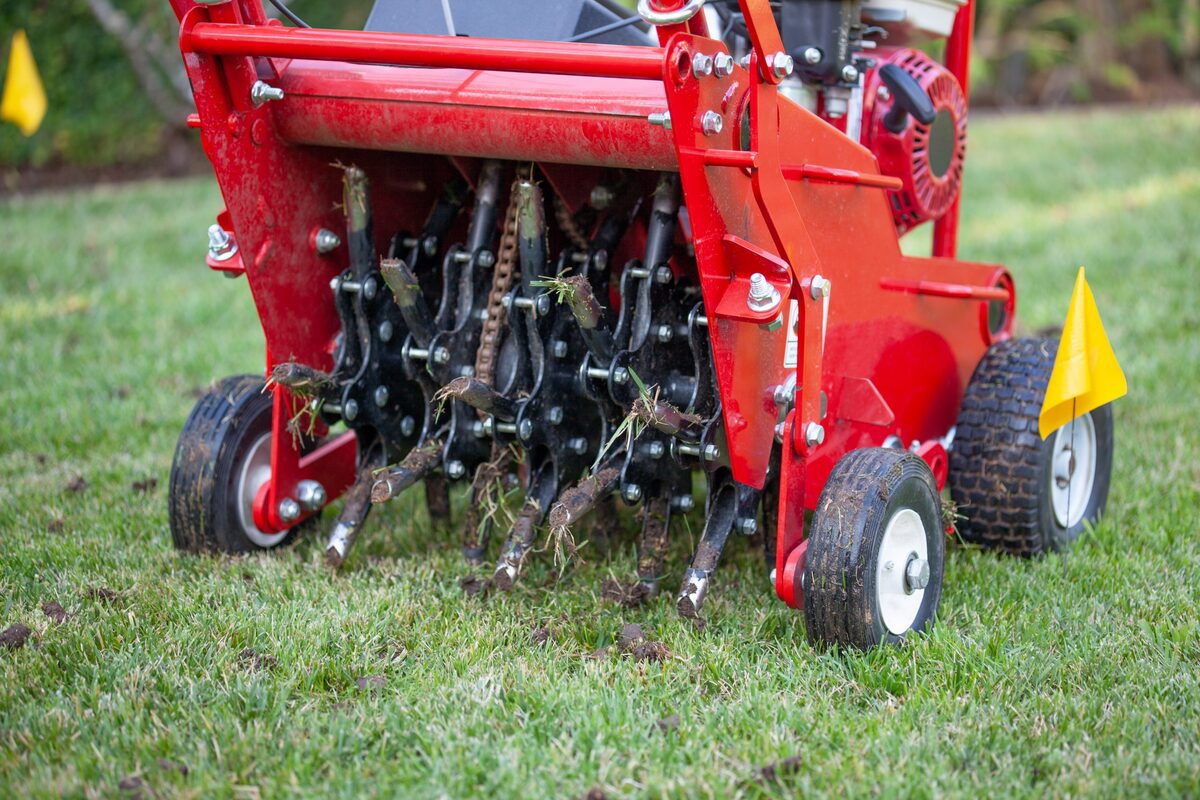

Landscaping Ideas
How To Aerate Soil For Grass
Modified: February 18, 2024
Learn effective landscaping ideas with our guide on how to aerate soil for grass. Improve your lawn's health and appearance with these expert tips. Discover the benefits of proper aeration today!
(Many of the links in this article redirect to a specific reviewed product. Your purchase of these products through affiliate links helps to generate commission for Storables.com, at no extra cost. Learn more)
Introduction
Welcome to the world of landscaping, where the health and vibrancy of your lawn are paramount. One of the fundamental aspects of maintaining a lush and thriving lawn is ensuring that the soil is well-aerated. Soil aeration is a crucial practice that directly impacts the overall health and growth of your grass. In this comprehensive guide, we will delve into the significance of soil aeration, the signs that indicate your soil is in need of aeration, various methods and equipment for aerating soil, and best practices to ensure optimal results.
By understanding the importance of soil aeration and learning the best techniques for implementation, you can elevate the vitality and beauty of your lawn. Whether you are a seasoned landscaping enthusiast or a novice homeowner looking to enhance your outdoor space, this guide will equip you with the knowledge and insights to master the art of soil aeration for grass. Let's embark on this enlightening journey to unlock the secrets of nurturing a thriving and verdant lawn through the power of soil aeration.
Key Takeaways:
- Soil aeration is crucial for healthy grass, promoting nutrient absorption, water infiltration, and gas exchange. Recognize signs of soil compaction and employ methods like core aeration for a thriving lawn.
- Timing, moisture level, and post-aeration care are essential for effective soil aeration. Embrace regular maintenance to ensure long-term vitality and lushness of your lawn.
Read more: How To Aerate Grass
Understanding the Importance of Soil Aeration
Soil aeration is a fundamental practice that involves the process of creating air channels within the soil to facilitate the exchange of gases, water, and nutrients essential for the healthy growth of grass. The significance of soil aeration cannot be overstated, as it directly impacts the overall vitality and resilience of your lawn. By comprehending the key reasons why soil aeration is crucial, you can appreciate its transformative effects on the health and appearance of your grass.
Promotes Nutrient Absorption: Adequate soil aeration is essential for enabling the roots of the grass to access vital nutrients present in the soil. When the soil is compacted or lacks sufficient air pockets, the roots struggle to absorb essential nutrients, leading to stunted growth and diminished vibrancy of the grass.
Enhances Water Infiltration: Well-aerated soil allows for improved water penetration and absorption, preventing water runoff and promoting uniform moisture distribution. This is particularly beneficial during watering or rainfall, as it ensures that the grass roots receive adequate hydration, fostering robust and deep root development.
Facilitates Gas Exchange: Soil aeration creates pathways for oxygen and carbon dioxide exchange within the soil. Oxygen is vital for the respiration of the roots, and carbon dioxide must be able to escape from the soil. Proper aeration ensures that these essential gases can move freely, supporting the metabolic processes crucial for the overall health of the grass.
Alleviates Soil Compaction: Over time, soil can become compacted due to factors such as foot traffic, heavy machinery, or natural settling. Compacted soil restricts the movement of air, water, and nutrients, impeding the development of strong and resilient grass roots. Aeration helps to alleviate soil compaction, creating a conducive environment for robust root growth and overall lawn health.
By recognizing the pivotal role of soil aeration in promoting nutrient absorption, enhancing water infiltration, facilitating gas exchange, and alleviating soil compaction, you can appreciate its profound impact on the well-being of your grass. In the following sections, we will explore the signs that indicate your soil is in need of aeration and the various methods and tools available for effectively aerating your lawn’s soil.
Signs Your Soil Needs Aeration
Identifying the signs that indicate your soil requires aeration is crucial for maintaining the health and vigor of your lawn. By being attuned to these indicators, you can take proactive measures to address soil compaction and promote optimal growing conditions for your grass. Here are the key signs that suggest your soil is in need of aeration:
- Poor Water Absorption: If you notice that water tends to pool on the surface of your lawn rather than being absorbed into the soil, it is a clear indication of soil compaction. Compacted soil hinders water infiltration, leading to runoff and uneven moisture distribution, which can negatively impact the health and growth of your grass.
- Thatch Buildup: Excessive thatch accumulation, which consists of dead grass, roots, and organic debris, can impede the movement of air, water, and nutrients into the soil. If your lawn exhibits a spongy or springy feel and thatch exceeds half an inch in thickness, it signifies the need for aeration to mitigate thatch buildup and promote a healthier growing environment.
- Compacted Soil: Soil compaction is often evident in high-traffic areas or regions where heavy equipment has been utilized. If the soil feels hard and dense, impeding the penetration of a screwdriver or other probing tools, it indicates that the soil is compacted and in need of aeration to alleviate the compaction and restore optimal growing conditions.
- Poor Grass Growth: If your grass displays signs of slow growth, weak root development, or overall lackluster appearance, it may be a consequence of soil compaction inhibiting the uptake of nutrients, water, and oxygen by the roots. Aeration can revitalize the soil, fostering improved grass growth and vibrancy.
- Increased Thirst: When your lawn consistently requires frequent watering and shows signs of drought stress despite your efforts to maintain adequate hydration, it could be indicative of compacted soil hampering water absorption. Aeration can enhance water infiltration, reducing the need for excessive watering and promoting healthier grass.
By recognizing these telltale signs, you can take proactive steps to address soil compaction through aeration, ensuring that your lawn thrives and flourishes. In the subsequent sections, we will explore the various methods and equipment available for aerating soil, empowering you to make informed decisions to enhance the health and beauty of your grass.
Methods for Aerating Soil
When it comes to aerating soil to promote the optimal growth of grass, several effective methods can be employed to alleviate soil compaction and enhance the overall health of your lawn. Each method offers unique advantages and is suited to specific soil and grass types. Understanding the various techniques for soil aeration empowers you to select the most suitable approach for revitalizing your lawn. Here are the primary methods for aerating soil:
- Core Aeration: Core aeration, also known as core or plug removal, involves the use of a specialized aerator equipped with hollow tines to extract small plugs of soil from the ground. This method effectively alleviates soil compaction and creates channels for enhanced air, water, and nutrient penetration. The extracted soil plugs decompose on the surface, contributing to the natural breakdown of thatch and promoting a healthier growing environment for the grass.
- Spike Aeration: Spike aeration utilizes equipment with solid tines or spikes to penetrate the soil, creating holes without removing soil cores. While spike aeration can provide temporary relief from soil compaction, it may not be as effective as core aeration in addressing underlying compaction issues. However, spike aeration can be beneficial for improving surface drainage and facilitating the penetration of nutrients and water into the soil.
- Slice Seeding: Slice seeding combines aeration with overseeding, allowing for the direct introduction of new grass seed into the soil. This method involves creating shallow grooves or slices in the soil, promoting seed-to-soil contact and enhancing germination. Slice seeding not only aerates the soil but also facilitates the rejuvenation and thickening of the existing grass, contributing to a denser and more resilient lawn.
- Liquid Aeration: Liquid aeration involves the application of specially formulated soil conditioners that penetrate the soil, promoting the loosening of compacted earth and enhancing the movement of air, water, and nutrients. While not as invasive as mechanical aeration methods, liquid aeration can be a viable option for maintaining soil health between core or spike aeration sessions, providing ongoing support for the vitality of the grass.
By familiarizing yourself with these diverse methods for aerating soil, you can make informed decisions regarding the most suitable approach for addressing soil compaction and promoting the flourishing growth of your grass. In the following section, we will explore the essential tools and equipment utilized for soil aeration, equipping you with the knowledge to undertake this transformative practice effectively.
Aerate your soil for grass by using a core aerator to remove small plugs of soil, allowing air, water, and nutrients to reach the roots. This should be done once a year for healthy grass growth.
Tools and Equipment for Aerating Soil
Effective soil aeration requires the utilization of specialized tools and equipment designed to alleviate compaction and enhance the overall health of the soil. Equipping yourself with the appropriate implements ensures that you can execute the aeration process with precision and efficacy, setting the stage for the robust growth and vitality of your grass. Here are the essential tools and equipment for aerating soil:
- Aeration Machine: A core aerator, which can be gas-powered or tow-behind for larger areas, is a primary piece of equipment for core aeration. This machine features hollow tines that penetrate the soil and extract small plugs, effectively alleviating compaction and promoting air and water infiltration.
- Spike Aerator: For spike aeration, a spike aerator with solid tines or spikes is utilized to create holes in the soil without removing cores. This equipment is suitable for addressing surface compaction and facilitating improved water and nutrient penetration.
- Lawn Dethatcher: In cases where thatch buildup is a concern, a dethatching machine or rake can be employed to remove excessive thatch, allowing for better aeration and nutrient absorption. Dethatching prepares the lawn for effective aeration, promoting optimal growing conditions for the grass.
- Overseeder: When implementing slice seeding for combined aeration and overseeding, an overseeder is utilized to introduce new grass seed directly into the soil. This equipment ensures proper seed-to-soil contact, promoting successful germination and the rejuvenation of the lawn.
- Liquid Aeration Products: Liquid aeration solutions, often available in concentrated form, can be applied using a sprayer or watering can. These products contain soil-conditioning compounds that aid in loosening compacted soil and enhancing the movement of air, water, and nutrients within the soil profile.
By leveraging these essential tools and equipment, you can execute soil aeration with precision and effectiveness, addressing soil compaction and promoting the optimal conditions for the healthy growth of your grass. In the subsequent section, we will delve into the best practices for aerating soil, providing valuable insights to ensure that you achieve the best possible results for your lawn.
Read more: Why Aerate Grass
Best Practices for Aerating Soil
Implementing best practices for aerating soil is essential to ensure that you achieve optimal results and promote the health and vitality of your grass. By adhering to proven techniques and guidelines, you can maximize the effectiveness of the aeration process, setting the stage for robust growth and a vibrant lawn. Here are the best practices for aerating soil:
- Timing: Schedule soil aeration during the growing season for your specific grass type, ensuring that the lawn can recover and thrive following the aeration process. Cool-season grasses benefit from aeration in early fall or spring, while warm-season grasses thrive with aeration in late spring to early summer.
- Moisture Level: It is advisable to aerate the soil when it is moderately moist, as overly dry soil can make aeration challenging, while excessively wet soil may lead to soil compaction. Water the lawn a day or two before aeration to achieve the ideal moisture level for effective soil penetration.
- Overlap Pattern: When utilizing a core aerator, overlap each pass slightly to ensure comprehensive coverage and consistent soil aeration. This approach promotes thorough alleviation of compaction and the creation of an optimal environment for the grass roots to thrive.
- Post-Aeration Care: Following aeration, consider overseeding the lawn to introduce new grass seed and promote denser, healthier turf. Apply a high-quality fertilizer to provide essential nutrients to the grass and support vigorous growth. Water the lawn as needed to facilitate recovery and promote the establishment of new grass seed.
- Regular Maintenance: Incorporate soil aeration as part of your lawn maintenance regimen, aiming to aerate the soil at least once a year to prevent compaction and promote the long-term health of the grass. Regular aeration supports strong root development and ensures the continued vitality of your lawn.
By embracing these best practices for aerating soil, you can elevate the health and resilience of your lawn, fostering lush, vibrant grass that thrives in a well-aerated growing environment. In the concluding section, we will recap the key insights and takeaways from this comprehensive guide, empowering you to embark on your soil aeration journey with confidence and expertise.
Conclusion
Congratulations on embarking on a transformative journey to unlock the secrets of soil aeration and elevate the health and beauty of your lawn. By delving into the significance of soil aeration, recognizing the signs that indicate the need for aeration, exploring diverse methods and essential equipment, and embracing best practices, you have equipped yourself with the knowledge and insights to become a soil aeration virtuoso.
Soil aeration is the cornerstone of a thriving lawn, fostering robust root development, optimal nutrient absorption, and enhanced water and gas exchange. By addressing soil compaction and creating a conducive environment for the grass roots to flourish, you are nurturing a verdant oasis that beckons with vitality and allure.
As you venture forth on your soil aeration endeavors, remember to time the process appropriately, ensure optimal soil moisture, and implement thorough post-aeration care to support the rejuvenation and densification of your lawn. Embrace soil aeration as an integral part of your regular lawn maintenance, and witness the enduring benefits of a well-aerated and flourishing grassland.
With this comprehensive guide as your compass, you are primed to embark on a journey of soil aeration mastery, cultivating a lawn that stands as a testament to your dedication and expertise. As you witness the transformation of your grass into a lush, resilient tapestry, may you revel in the joy of nurturing a thriving and vibrant outdoor sanctuary for all to cherish.
Armed with the wisdom and insights gleaned from this guide, you are poised to embark on your soil aeration odyssey with confidence and determination. May your lawn flourish and thrive, a testament to the transformative power of soil aeration and your unwavering commitment to nurturing the beauty of nature.
Frequently Asked Questions about How To Aerate Soil For Grass
Was this page helpful?
At Storables.com, we guarantee accurate and reliable information. Our content, validated by Expert Board Contributors, is crafted following stringent Editorial Policies. We're committed to providing you with well-researched, expert-backed insights for all your informational needs.
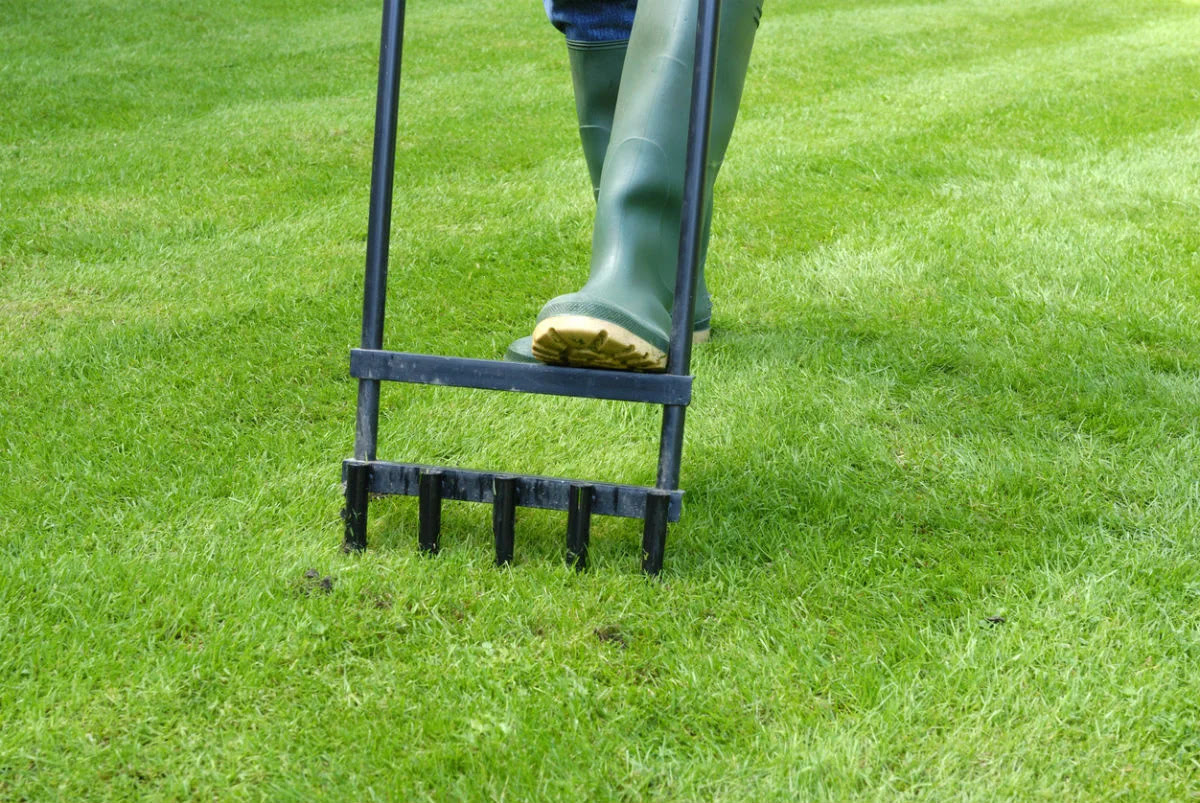
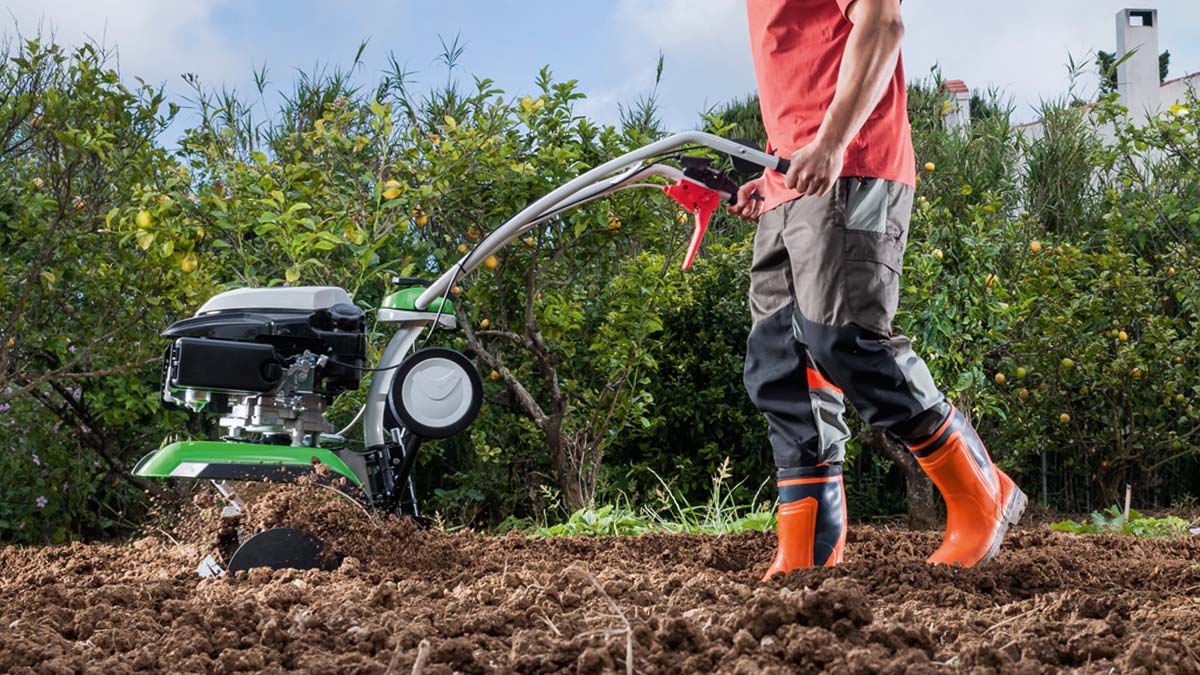
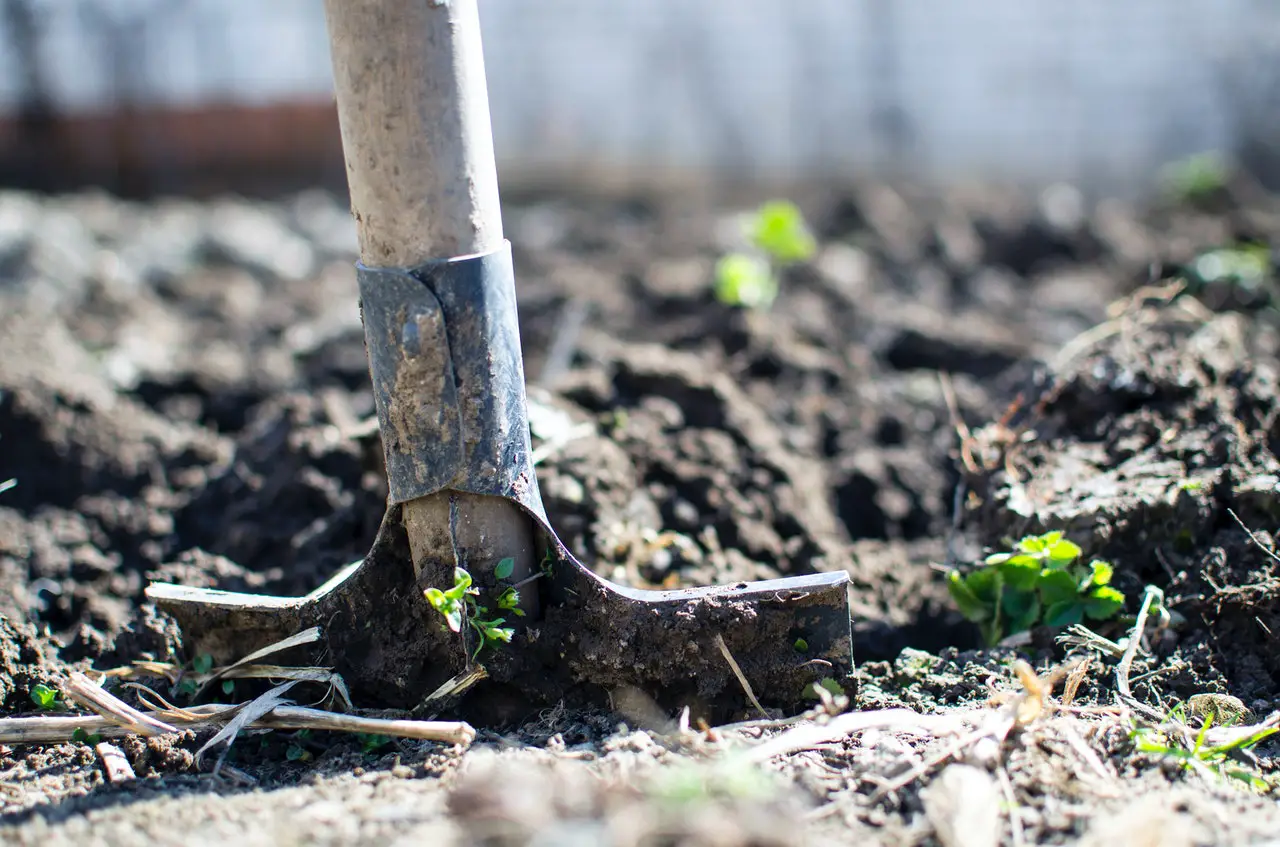
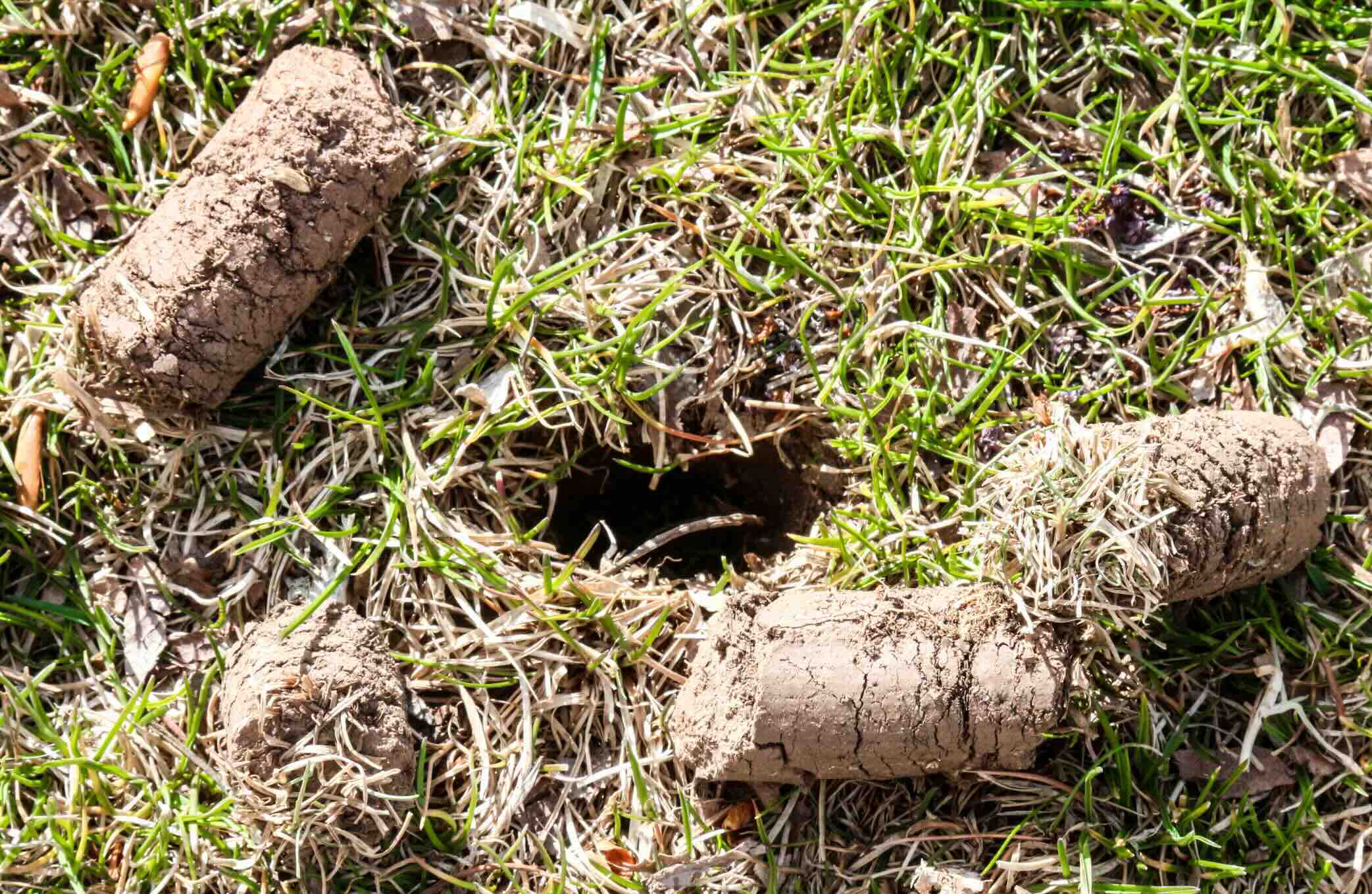
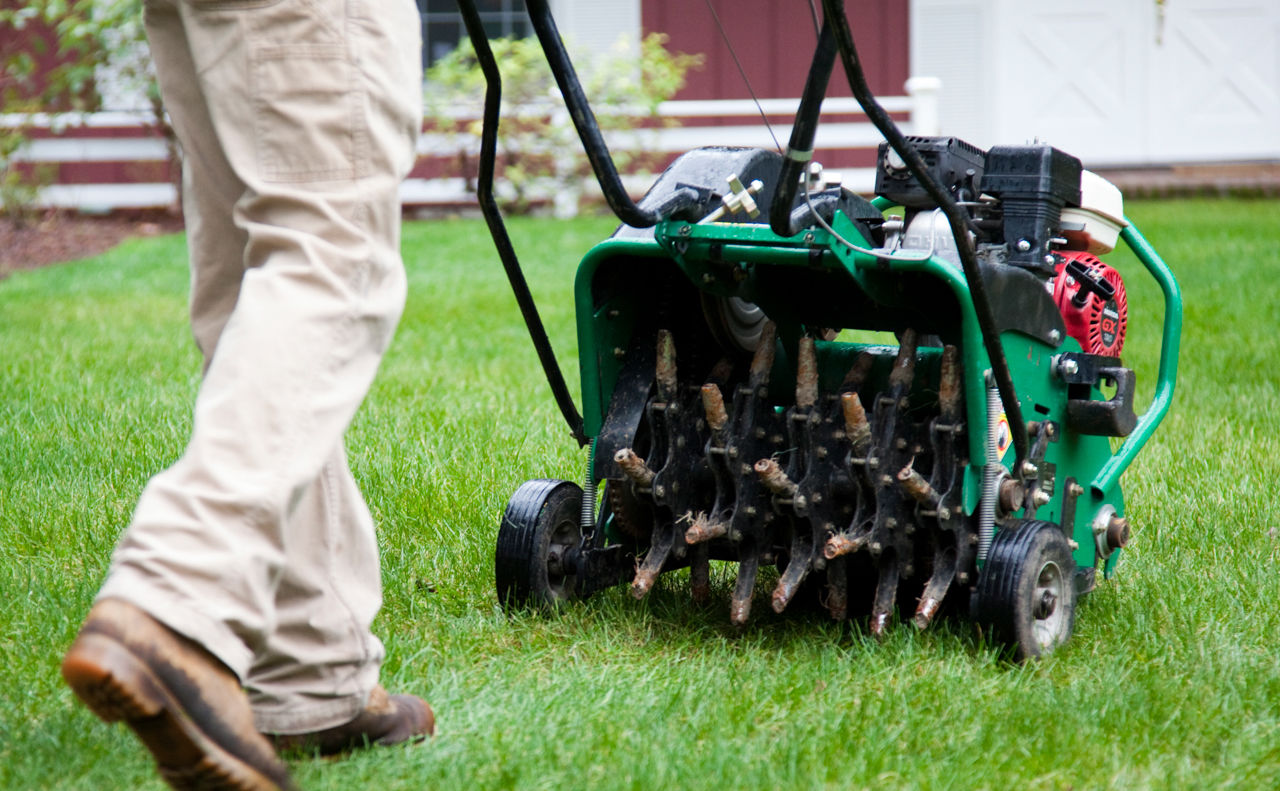
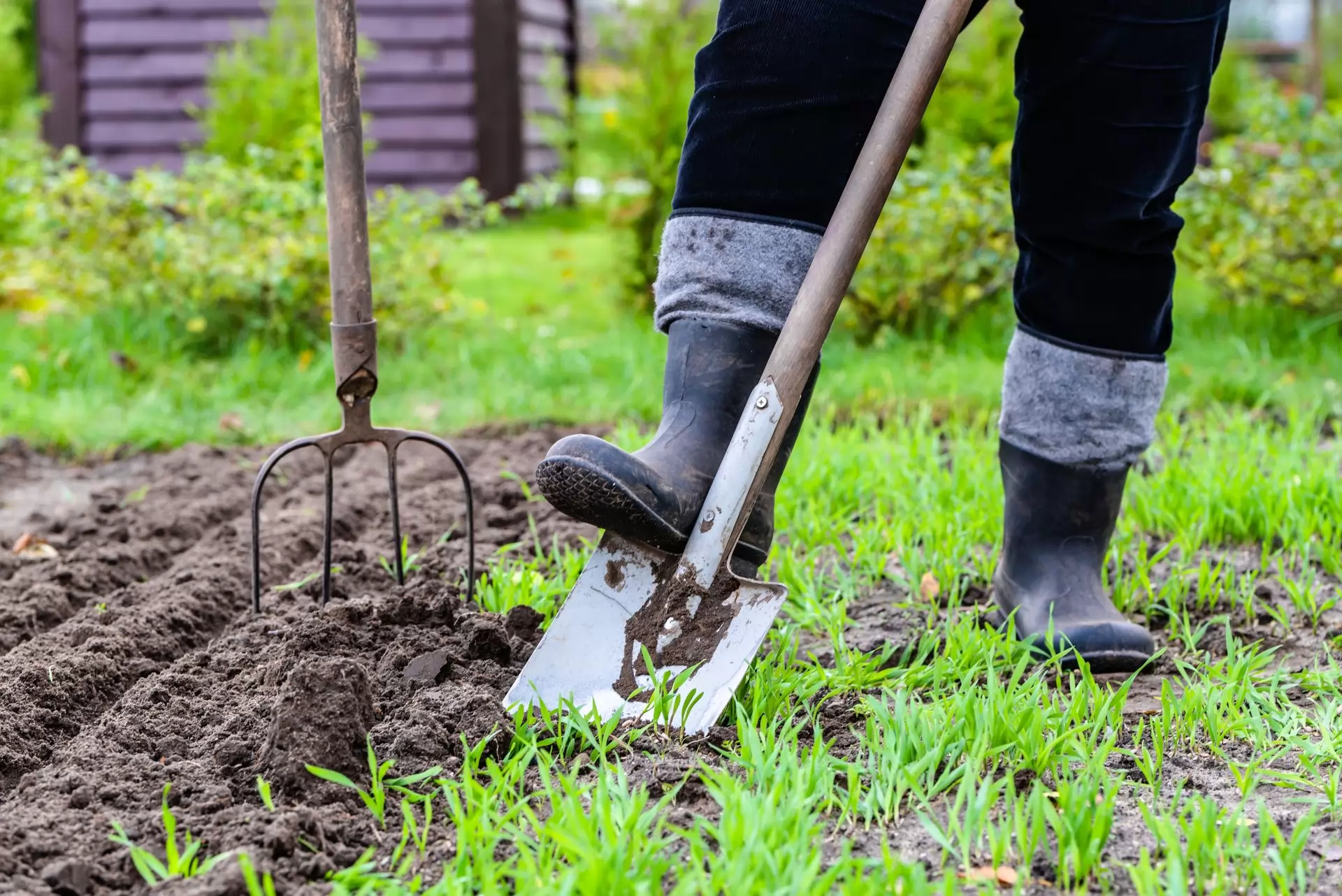

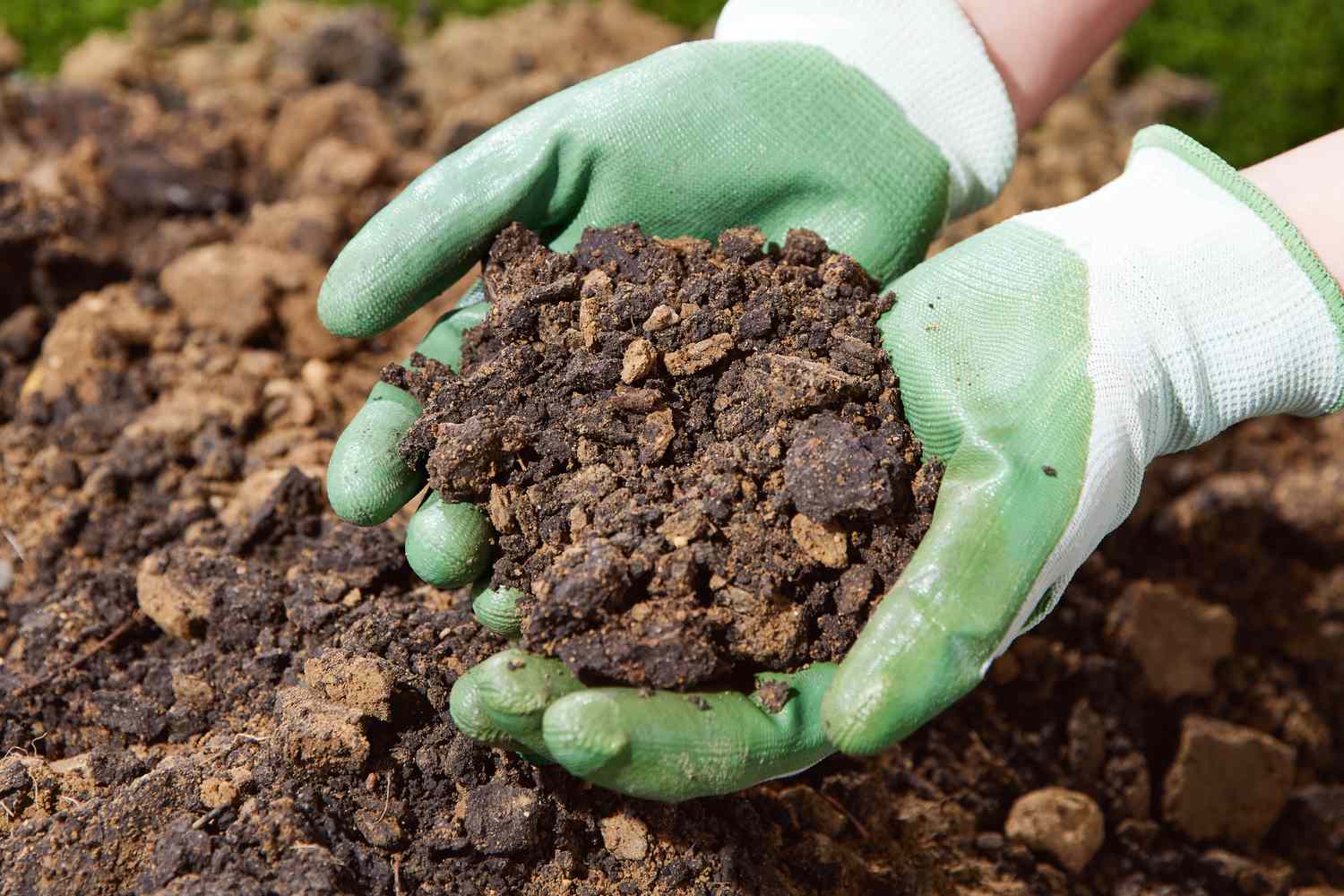
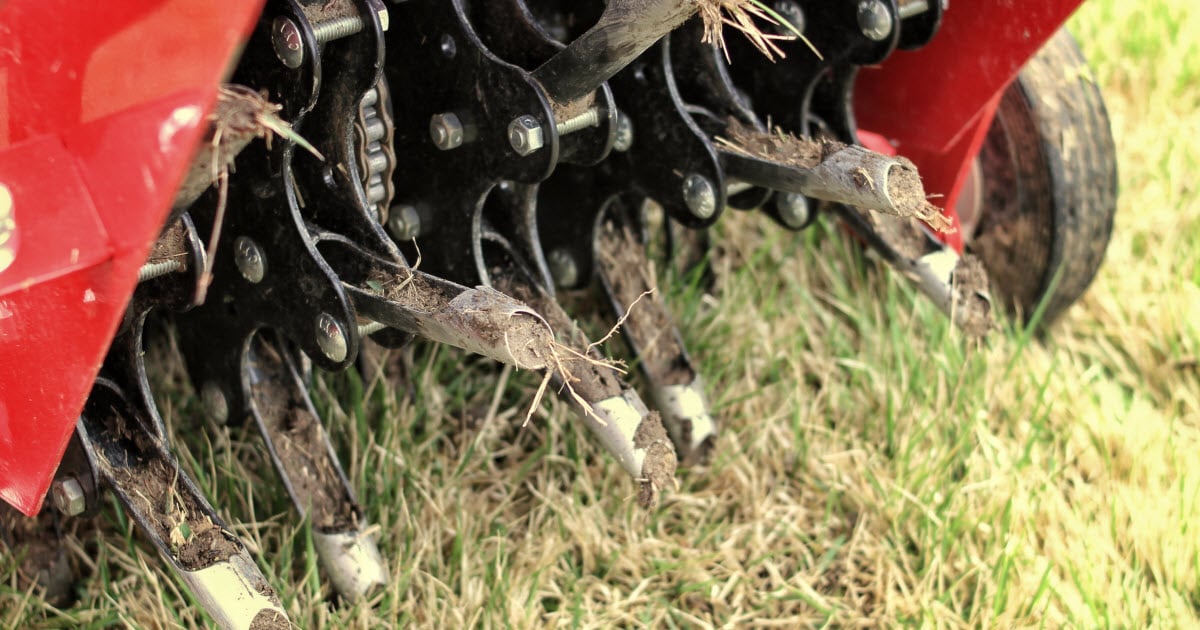
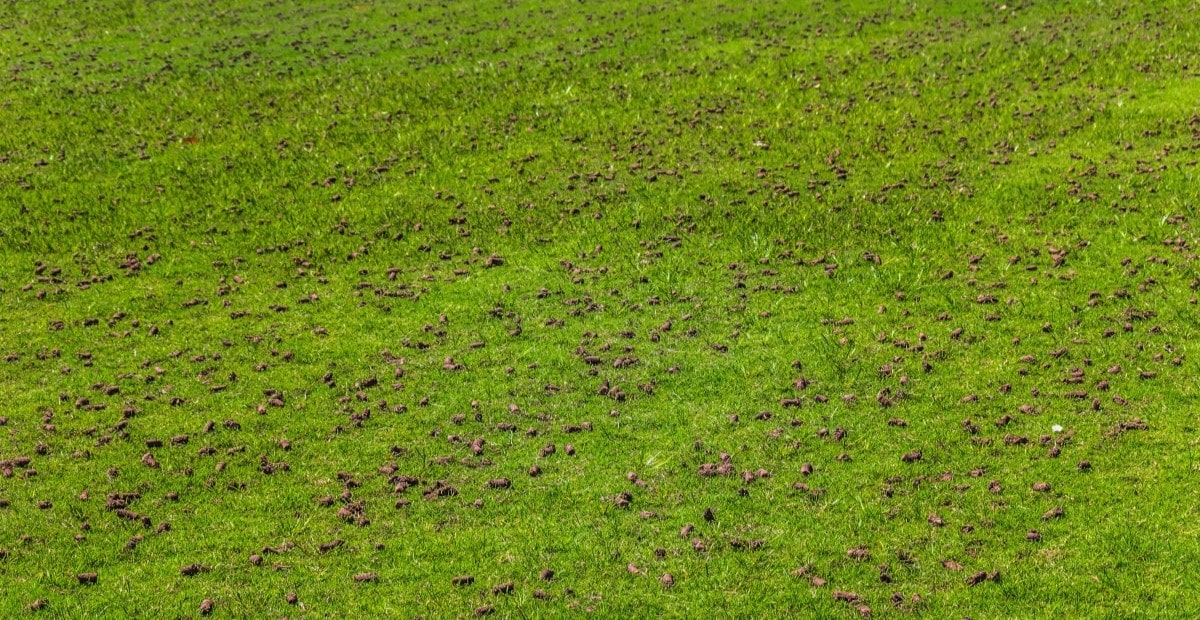
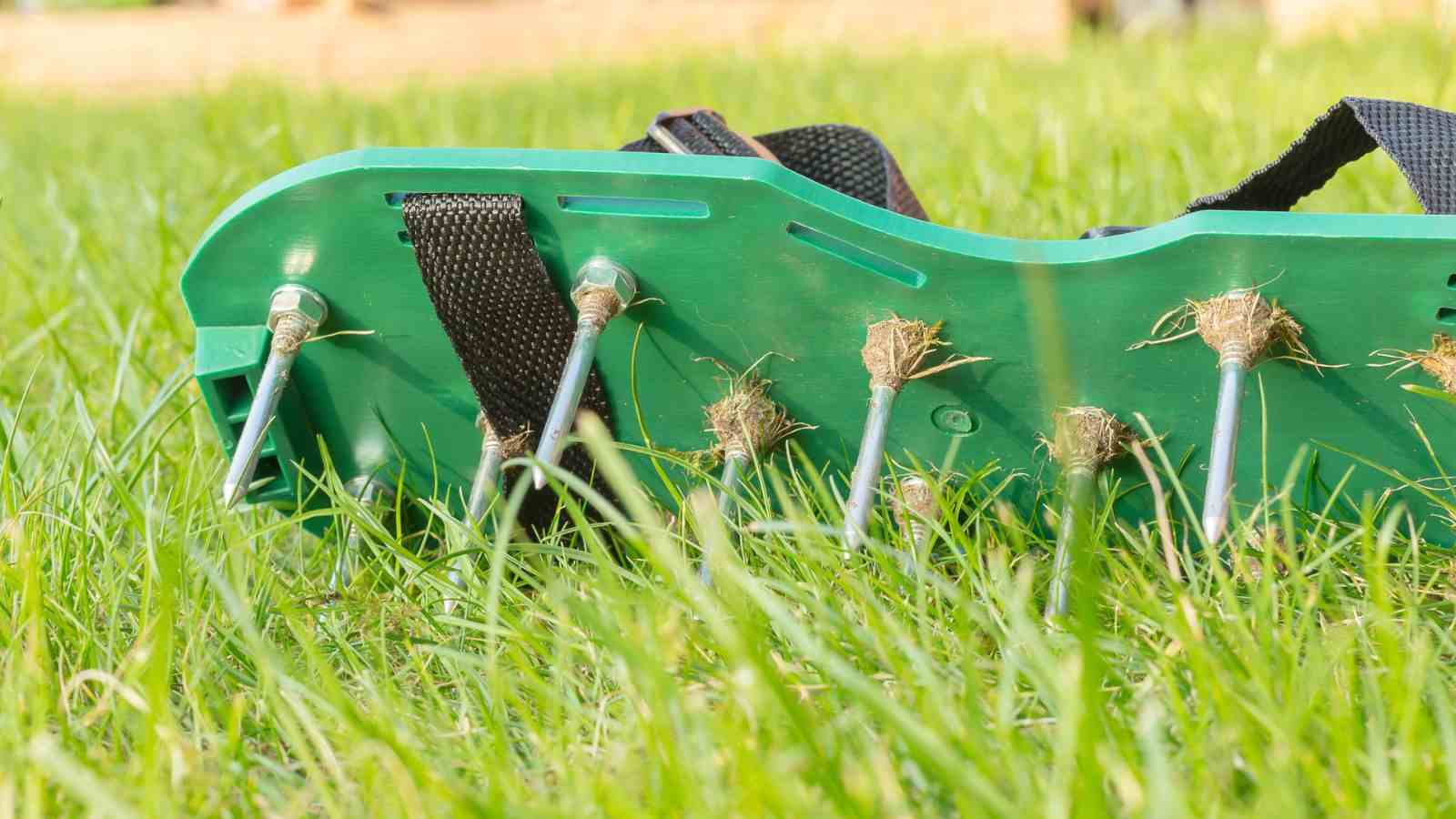
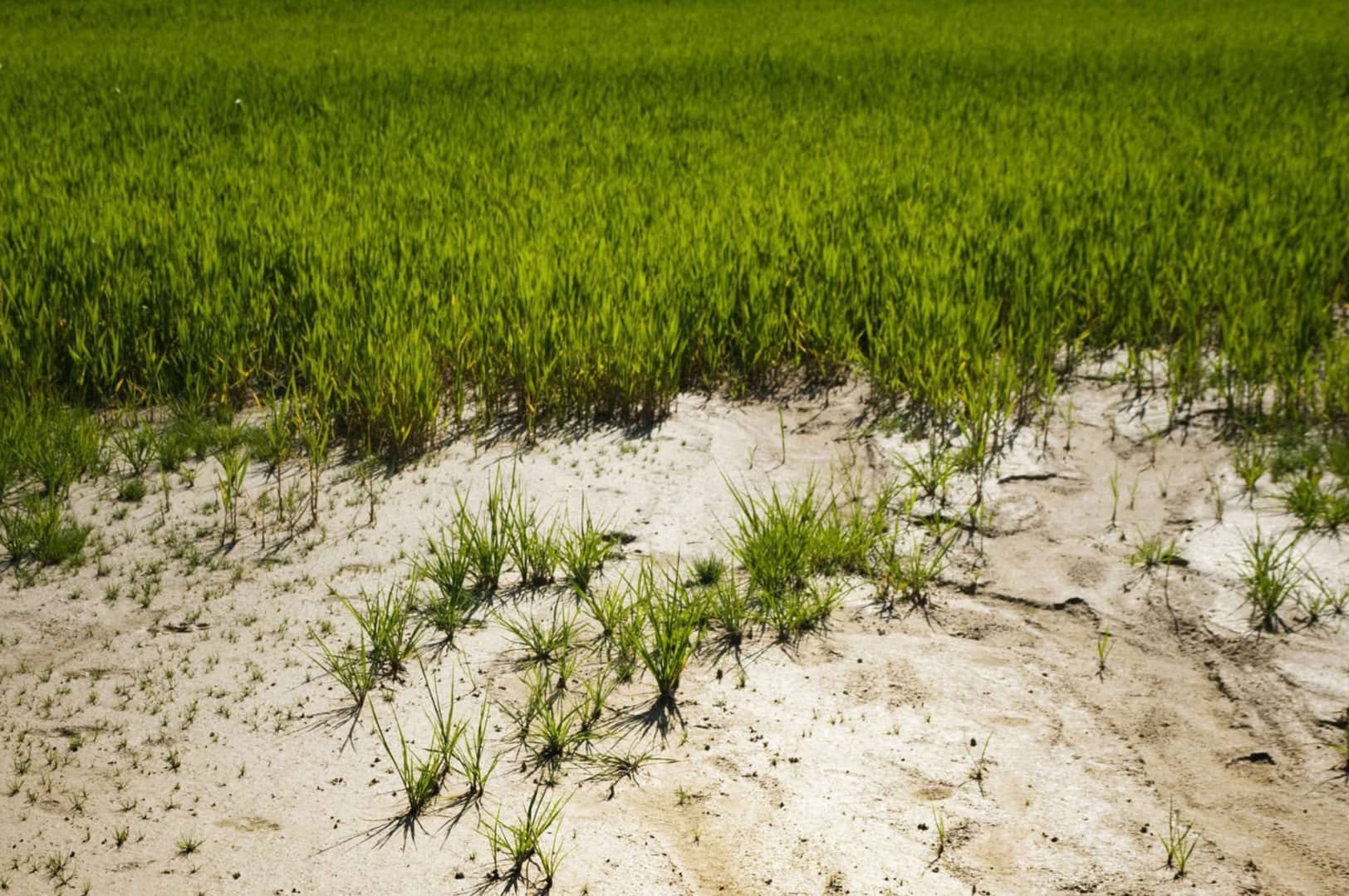
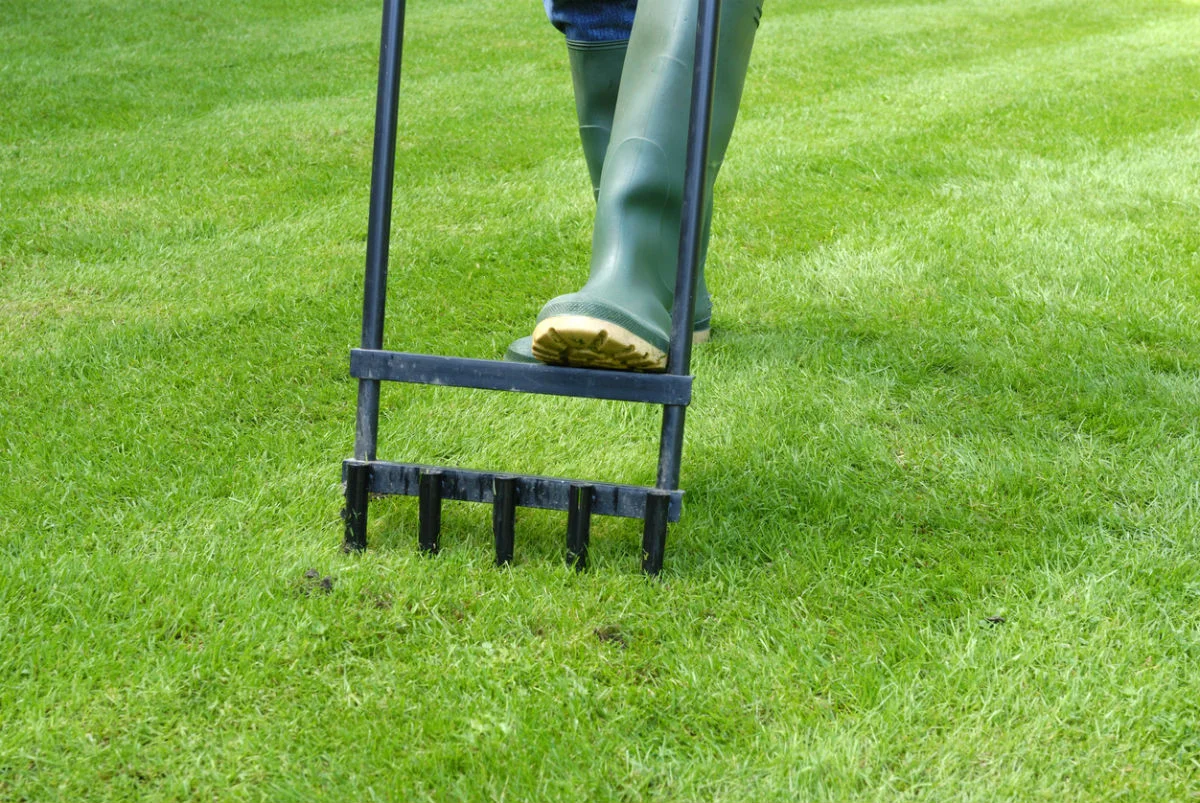
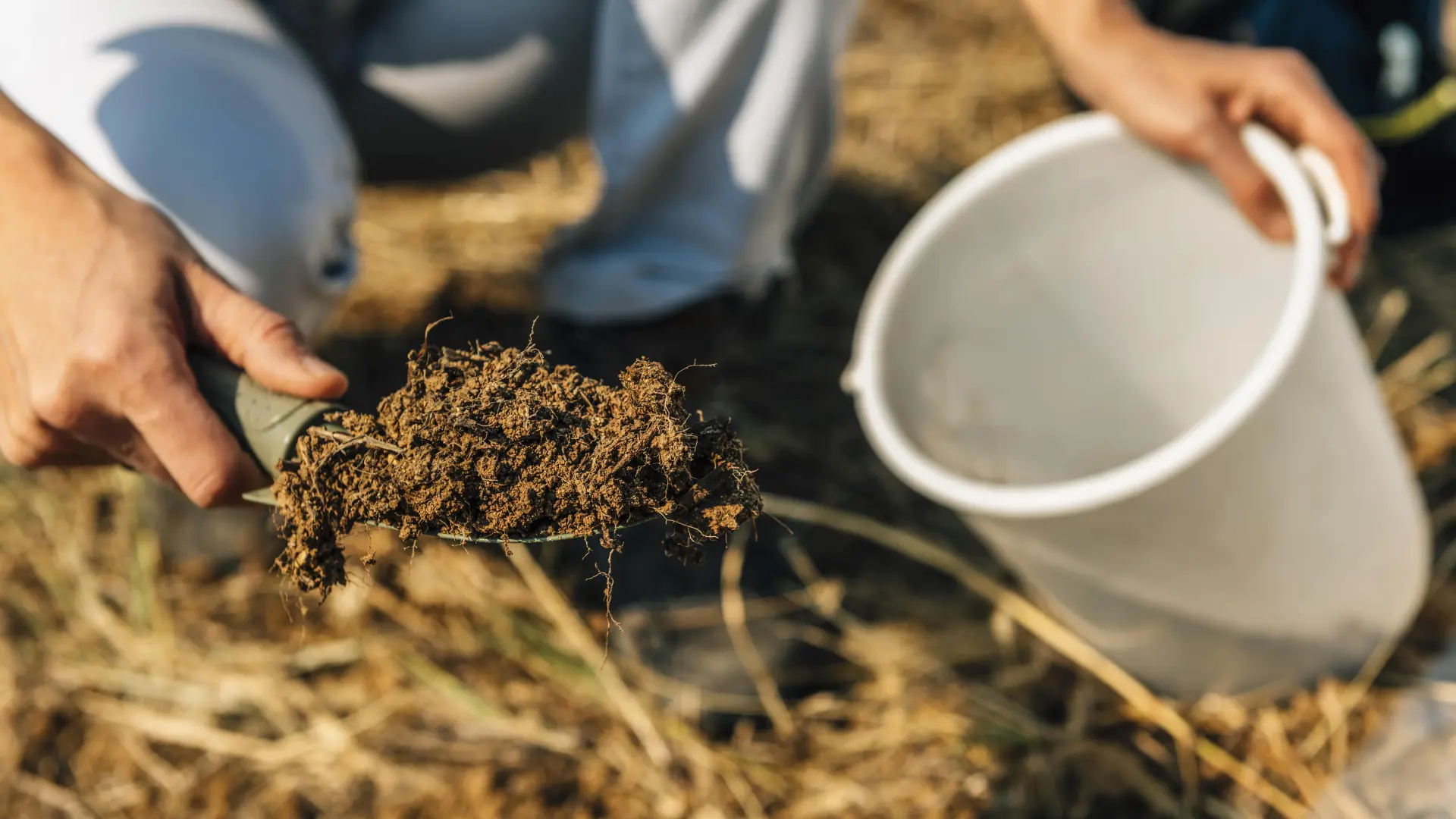

0 thoughts on “How To Aerate Soil For Grass”